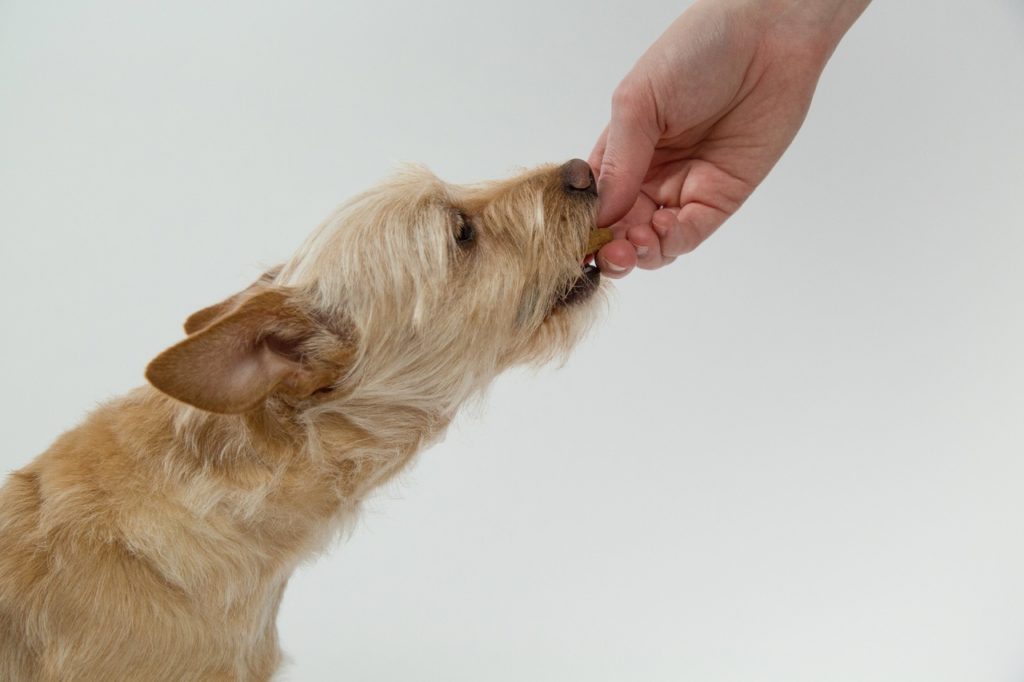Blue-green algae, often lurking in bodies of water, present a serious threat to dogs, with their toxic nature capable of causing fatal consequences. Understanding the nuances of these algae and the associated risks is paramount for ensuring the safety of our canine companions.
By being aware of the signs and dangers posed by toxic blue-green algae, pet owners can implement preventive measures to safeguard their furry friends.
Stay tuned to discover practical strategies on how to identify, avoid, and mitigate the risks associated with this potentially lethal menace.
Key Takeaways
- Recognize blue-green algae by its colors and smell to prevent fatal risks to dogs.
- Avoid warm, still, and nutrient-rich freshwater bodies where blue-green algae thrives.
- Keep pets away from suspicious water and seek immediate veterinary help if ingestion occurs.
- Test water for blue-green algae presence and stay cautious near stagnant bays and lakes.
Dangers of Blue-Green Algae
Blue-green algae pose significant risks to dogs due to the toxins they produce, potentially leading to severe health complications requiring immediate veterinary intervention. These toxins can cause a range of issues in dogs, including seizures, excessive drooling, respiratory failure, diarrhea, vomiting, and liver failure.
Ingestion of blue-green algae-contaminated water can be fatal for dogs, emphasizing the importance of avoiding exposure to these harmful cyanobacteria. It's crucial for dog owners to be vigilant when near bodies of water, especially in warm, nutrient-rich environments where blue-green algae blooms are more likely to occur.
Understanding the dangers associated with blue-green algae can help prevent potentially life-threatening situations for dogs.
Signs of Algae Contamination
Due to the potential risks associated with exposure to harmful cyanobacteria, recognizing signs of algae contamination in water bodies frequented by dogs is crucial for pet owners.
Signs of algae contamination include:
- Water discoloration, such as green, red, orange, or brown hues.
- Unpleasant swampy odor emanating from the water.
- Presence of visible algal blooms resembling pea soup or spilled paint.
- Testing may be required to confirm the presence of blue-green algae.
Being vigilant for these signs can help pet owners protect their dogs from the dangers of algae contamination and prevent potentially fatal consequences.
Health Risks for Dogs

Exposure to toxic cyanobacteria found in contaminated water bodies poses significant health risks to dogs. Ingesting blue-green algae can lead to severe consequences for dogs, including seizures, excessive drooling, and respiratory failure. Additional potential issues may include symptoms like diarrhea, vomiting, and liver failure.
It is crucial for dog owners to be aware of the dangers associated with blue-green algae and to seek immediate veterinary attention if their pet shows any signs of exposure. Being proactive in avoiding contact with potentially contaminated water bodies, especially those with visible signs of blue-green algae blooms, is essential to safeguarding the health and well-being of dogs.
Prompt action is necessary to prevent the fatal outcomes that can result from dogs coming into contact with toxic algae.
Identifying Harmful Algae
Identifying harmful algae in water bodies is crucial for safeguarding the health of dogs and preventing potential risks associated with toxic cyanobacteria exposure. To effectively recognize harmful algae, consider the following:
- Visual Inspection: Look for water that appears discolored, with hues of red, orange, brown, or green.
- Odor Detection: Be cautious of water that emits a swampy smell similar to spoiled vegetation.
- Professional Testing: Confirm the presence of harmful algae through specialized testing methods.
- Avoidance Measures: Keep pets away from suspicious water bodies that exhibit potential signs of blue-green algae contamination to mitigate health hazards.
Preventive Measures for Pets

To safeguard pets from potential harm, implementing preventive measures against blue-green algae exposure is essential for responsible pet ownership. Here are some key steps to protect your furry companions:
- Stay Informed: Be aware of water bodies prone to blue-green algae blooms in your area, especially during warmer months.
- Keep Pets Away: Avoid letting pets swim or drink from water sources where blue-green algae may be present.
- Provide Clean Water: Ensure pets have access to fresh, clean drinking water to discourage them from seeking out potentially contaminated sources.
- Regular Vet Checks: Schedule routine veterinary visits to monitor your pet's health and catch any potential issues early.
- Immediate Action: If you suspect your pet has been exposed to blue-green algae, seek veterinary assistance promptly to ensure their well-being.
Common Algae Hotspots
Given the propensity of blue-green algae to thrive in specific environments, understanding common algae hotspots is crucial for pet owners seeking to protect their dogs from potential exposure.
- Lakes and ponds with stormwater runoff
- Still beaches and stagnant bays
- Warm, nutrient-rich freshwater bodies
- Locations where wind pushes the bacteria closer to the shoreline, especially in summer
Testing for Algae Presence

Testing for the presence of blue-green algae in freshwater bodies is a crucial step in safeguarding the health of dogs and preventing potential exposure to harmful toxins. To detect the presence of these algae, specialized testing kits are available that can confirm the presence of harmful cyanobacteria in water sources. These kits typically utilize colorimetric assays that change color in the presence of specific toxins produced by blue-green algae.
Additionally, laboratories can analyze water samples for the presence of cyanotoxins, providing a more comprehensive assessment of potential risks. Regular testing of water bodies where dogs may come into contact with is essential to ensure their safety and prevent accidental ingestion of toxic algae.
Immediate Veterinary Care
Upon confirming the presence of harmful cyanobacteria through testing, immediate veterinary care is crucial in cases of suspected blue-green algae exposure in dogs. Timely intervention can be life-saving for pets affected by the toxins produced by these algae.
Here are key actions for effective veterinary care:
- Inducing Vomiting: This can help remove any remaining algae from the stomach.
- Fluid Therapy: Administering fluids intravenously can help flush out toxins and support organ function.
- Monitoring: Continuous monitoring of vital signs and symptoms is essential for prompt intervention.
- Activated Charcoal: This can aid in absorbing toxins in the gastrointestinal tract, reducing their harmful effects.
Algae-Free Water Sources

An essential consideration for ensuring the well-being of dogs is accessing water sources free from toxic blue-green algae contamination. To provide algae-free water sources for dogs, consider opting for treated municipal water or well water that undergoes regular testing for contaminants, including blue-green algae.
Natural water sources such as flowing rivers or streams and deep lakes less prone to algae blooms can also be safer alternatives. Additionally, installing a reliable filtration system designed to remove algae and toxins can help ensure the water is safe for canine consumption.
Regular monitoring of water sources and staying informed about potential algae outbreaks in the area can further aid in protecting dogs from the dangers of blue-green algae contamination.
Seasonal Algae Patterns
To ensure the safety of dogs from toxic blue-green algae contamination, understanding the seasonal patterns of algae growth in freshwater bodies is crucial. Blue-green algae blooms are influenced by various factors, with seasonal variations playing a significant role in their prevalence.
- Algae growth is more common in warmer months, particularly during the summer.
- Nutrient-rich water from stormwater runoff can accelerate the formation of algae blooms.
- Wind patterns can affect the distribution of blue-green algae in bodies of water.
- Lakes and ponds with stagnant or still water are more susceptible to blue-green algae outbreaks.
Importance of Awareness

Awareness of the risks associated with toxic blue-green algae is essential for safeguarding the well-being of dogs who may come into contact with contaminated water bodies. By understanding the characteristics of blue-green algae, pet owners can recognize potential dangers and take preventive measures.
Recognizing the appearance of blue-green algae, such as its colors ranging from red to green and its distinctive smell, can help in avoiding contaminated water sources. Knowing the risks to dogs from ingesting or coming into contact with blue-green algae toxins is crucial for prompt veterinary intervention if exposure occurs.
Being aware of locations and conditions favorable to blue-green algae blooms can guide pet owners in steering clear of high-risk areas, ultimately protecting their furry companions from potential harm.
Conclusion
In conclusion, awareness of the dangers posed by toxic blue-green algae is crucial for safeguarding the health of dogs. By recognizing the signs of algae contamination, understanding the health risks involved, and taking preventive measures, pet owners can protect their beloved companions from potential harm.
Immediate veterinary care, sourcing algae-free water, and monitoring seasonal algae patterns are essential steps in avoiding the fatal consequences of exposure to harmful cyanobacteria.




